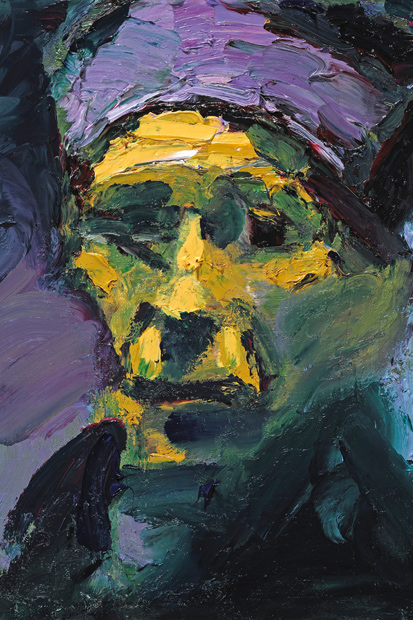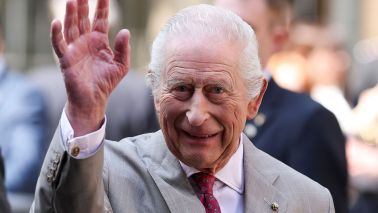My wife says you can always tell a self-portrait by the quality of its self-regard. There’s something about the eyes and mouth (though not invariably flattering or admiring) or the set of the chin that give the artist away. Perhaps it’s simply that the artist is more interested in depicting the self than anyone else; or that the degree of self-awareness is inevitably deeper. Some of the great paintings have been self-portraits, from Rembrandt to van Gogh, and when they’re good they’re always worth looking at. So it was with optimism in my heart that I made my way to Kings Place to view the results of the second bi-annual Ruth Borchard Self-Portrait Competition.
In the late 1950s, Ruth Borchard (1910–2000) initiated a collection of self-portraits by contemporary artists that eventually numbered some 100 items and included paintings or drawings by Roger Hilton, Euan Uglow, Peter Coker and Anne Redpath. Borchard wrote to her chosen artists and offered them up to 21 guineas for a self-portrait, the fee varying according to their celebrity. Her intriguing collection has been kept together, and her family has inaugurated a £10,000 prize in her name. The winner this year is Thomas Newbolt (born 1951), with a painting replete with intimations of mortality, his face a sharply angled yellowish skull beneath green-tinged skin, below a purple hat; would that the rest of the exhibition were as good.
Inevitably among the 120-odd exhibits there’s a lot of earnest self-dramatisation, but there’s also far too much dreary attitudinising and a plethora of really dreadful painting. If this is the cream, what on earth was the rest of it like? There’s quite a spread of styles, as expected in our pluralist age, from the literalist to the expressionist by way of the symbolist and photorealist.








Comments
Join the debate for just £1 a month
Be part of the conversation with other Spectator readers by getting your first three months for £3.
UNLOCK ACCESS Just £1 a monthAlready a subscriber? Log in